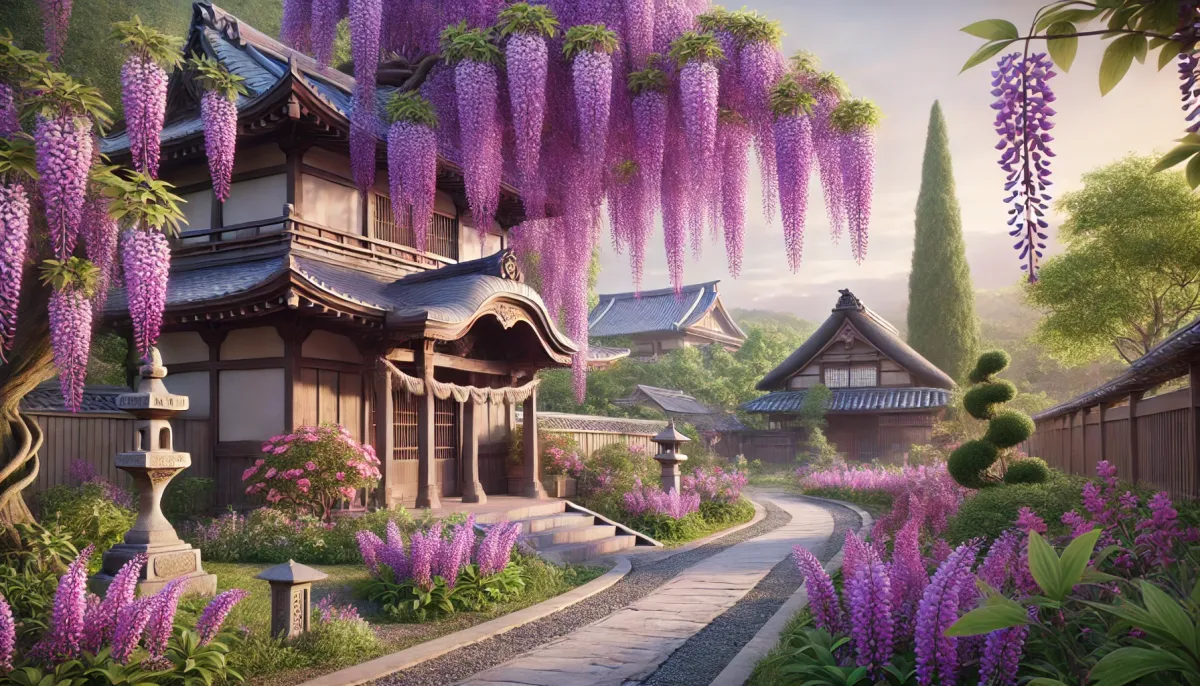Hey everyone, Mark here! I'm back with another travelogue, this time sharing my unforgettable experiences exploring the diverse landscapes and rich history of Japan. This trip focused on areas less frequently featured in typical tourist guides, promising a deeper dive into Japanese culture. Get ready for a journey filled with breathtaking views, fascinating historical sites, and the simple joys of exploring a new country.
A Thoughtful Airport Experience
My journey began at a Japanese airport, an experience meticulously designed to create an immediate and lasting impression of Japanese culture and hospitality. From the moment you step off the plane, the entire facility reflects the nation's pride and attention to detail. The welcoming ambiance, state-of-the-art amenities, and overall comfort set the stage for an enjoyable trip. I was impressed by how each airport in Japan consistently exhibits this high standard. The strategic placement of cultural artifacts, national flags, and symbolic elements within the arrival hall is a clever way to introduce visitors to the nation's unique identity. It's a masterful display of national pride and a warm welcome to all travelers.
The Enchanting Wisteria of Hachiman Yoshijima Temple
Next stop: Fukuoka Prefecture's Hachiman Yoshijima Temple. This temple isn't renowned for its architecture, but rather for its breathtaking wisteria blossoms. Located in the Kitakyushu area, historically known for its ironworks, the temple is nestled in a residential area, providing a unique and peaceful atmosphere.
| Feature | Description |
|---|---|
| Wisteria Age | Over 150 years old |
| Significance | Celebrated as one of Japan's most beautiful sights by CNN, a major tourist draw. |
| Location | Quiet residential area of Kitakyushu, Fukuoka Prefecture. |
| Unique Aspect | Stunning wisteria vines create a magical atmosphere during blooming season. |
| Best Visit Time | April-May, during wisteria's peak blooming season |
The sight of these ancient wisteria vines, draped across large trellises, was absolutely mesmerizing. During the peak season (April-May), the delicate purple flowers create a truly magical atmosphere. It's easy to understand why this relatively unassuming temple has gained worldwide fame.
From Ironworks to Wisteria: Kitakyushu's Transformation
The Kitakyushu area, especially the former八幡地区 (Yawata district), historically thrived on its ironworks. This industrial past is still evident in the nearby residential areas, with many homes displaying a practical, functional style reflecting the lives of the workers who once fueled the iron industry. This fascinating blend of historical heritage and modern tranquility makes the area all the more unique and intriguing.
Crossing the Kanmon Strait: A Bridge Through History
Our journey continued to Yamaguchi Prefecture, leading us to the Kanmon Bridge and the Kanmon Straits. This impressive structure, completed in 1973, boasts a rich history alongside its engineering marvel. It's also a fascinating piece of modern engineering.
| Feature | Description |
|---|---|
| Kanmon Bridge | Connects Honshu and Kyushu, crossing the Kanmon Strait. |
| Historical Significance | Site of the signing of the Treaty of Shimonoseki in 1895. |
| Length | Exceeded the Akashi Kaikyō Bridge in length upon completion, once Japan's longest. |
The Kanmon Bridge serves as a symbolic link between Honshu and Kyushu, but its significance extends beyond its architectural achievements. The Treaty of Shimonoseki, signed near here in 1895, significantly impacted the political landscape of East Asia, ceding Taiwan to Japan. The treaty's ramifications remain a sensitive topic, sparking ongoing debates about Taiwan’s identity and future.
The Akashi Kaikyō Bridge and the Treaty of Shimonoseki: A Look at History
The historical impact of the Treaty of Shimonoseki, signed in Shimonoseki, remains profound and complex, even today. While I found the history fascinating, it's a topic requiring sensitivity and careful study, not a casual read. It highlighted the significant changes in the region and their lingering effects, underscoring the value of historical context when traveling.
Akigama Shrine: A Glimpse into Japanese History
Our travels brought us to the Akigama Shrine, a site dedicated to Emperor Antoku, who perished during the Genpei War. The shrine's location, overlooking the Kanmon Straits, holds significant historical weight. The shrine's design and dedication to Emperor Antoku emphasize its unique role within Japanese history. The serene atmosphere and the historical weight made this a profound and meaningful experience. However, understanding the Genpei War requires a solid understanding of Japanese history, which is not always widely available in standard historical texts in the US.
| Feature | Description |
|---|---|
| Dedicated To | Emperor Antoku and the Heike clan |
| Historical Significance | Location of Emperor Antoku’s burial and connection to the Genpei War |
| Notable Features | Dragon Palace-style Suiten Gate, built in the Showa Era (1926-1989) |
| Unique Aspect | A rare example of a shrine built to appease the spirit of a fallen emperor |
The shrine, with its unique design elements, provides a glimpse into the deeper narrative of Japanese history and cultural beliefs. It also showcased a shift in the perception of shrine visits. In my early travels to Japan, visiting shrines felt less of a carefully curated experience and more of a 'fill-in-the-time' aspect of organized tours. Today, it feels much different; many shrines offer more immersive and curated experiences focused on the site's history and significance, reflecting a greater awareness of tourism's potential to educate and engage.







